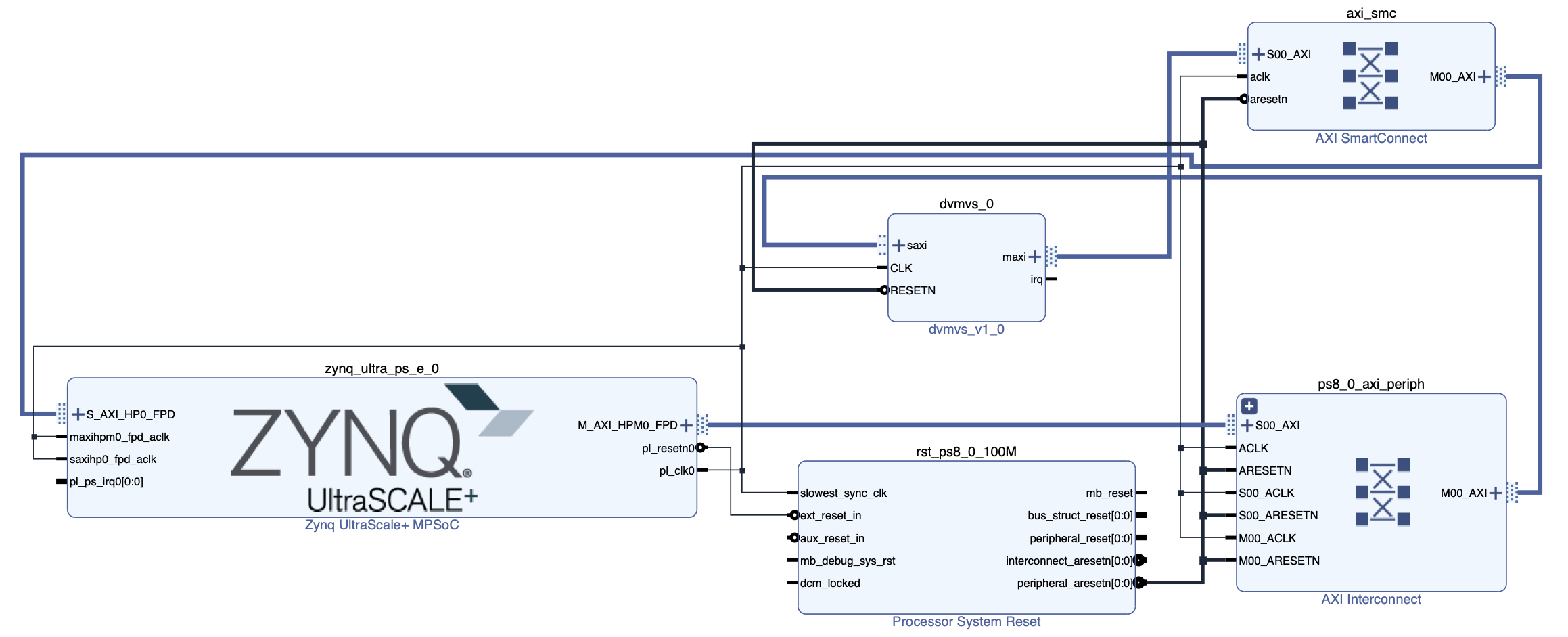FADEC: FPGA-based Acceleration of Video Depth Estimation by HW/SW Co-design
3D reconstruction from videos has become increasingly popular for various applications, including navigation for autonomous driving of robots and drones, augmented reality (AR), and 3D modeling. This task often combines traditional image/video processing algorithms and deep neural networks (DNNs). Although recent developments in deep learning have improved the accuracy of the task, the large number of calculations involved results in low computation speed and high power consumption. Although there are various domain-specific hardware accelerators for DNNs, it is not easy to accelerate the entire process of applications that alternate between traditional image/video processing algorithms and DNNs. Thus, FPGA-based end-to-end acceleration is required for such complicated applications in low-power embedded environments. This paper proposes a novel FPGA-based accelerator for DeepVideoMVS, a DNN-based depth estimation method for 3D reconstruction. We employ HW/SW co-design to appropriately utilize heterogeneous components in modern SoC FPGAs, such as programmable logic (PL) and CPU, according to the inherent characteristics of the method. As some operations are unsuitable for hardware implementation, we determine the operations to be implemented in software through analyzing the number of times each operation is performed and its memory access pattern, and then considering comprehensive aspects: the ease of hardware implementation and degree of expected acceleration by hardware. The hardware and software implementations are executed in parallel on the PL and CPU to hide their execution latencies. The proposed accelerator was developed on a Xilinx ZCU104 board by using NNgen, an open-source high-level synthesis (HLS) tool. Experiments showed that the proposed accelerator operates 60.2 times faster than the software-only implementation on the same FPGA board with minimal accuracy degradation.
PDF Abstract

 TUM RGB-D
TUM RGB-D
 7-Scenes
7-Scenes